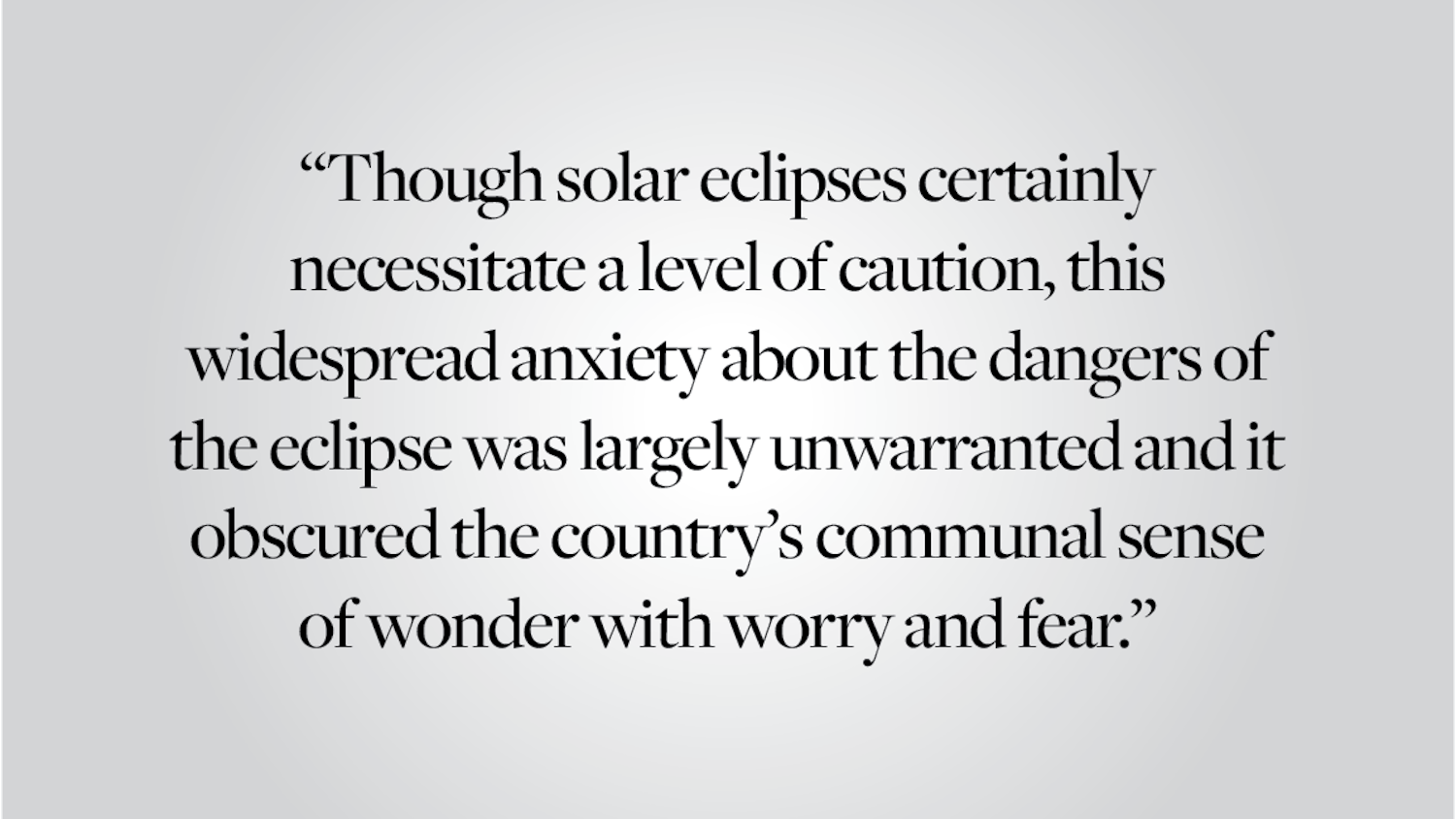Over the past few weeks, thousands of high school seniors around the country went online and discovered whether they had been admitted to America’s most prestigious colleges. Getting into college today is as difficult as it has ever been, and American colleges love to trumpet just how selective they have become. On Brown’s webpage the day after admission decisions were released, the University boasted that it had admitted just 8.6 percent of applicants to the class of 2018. Notably absent from the site was any mention of how unaffordable this university, along with many others, has become. You think it’s hard to be admitted to Brown? Wait until you see how hard it is to pay the bill.
Indeed, the University’s press release mentions the low admission rate before diversity, financial aid or the academic breakdown of the incoming class. Dean of Admission Jim Miller ’73 then notes that this class of first-years “represents the fruits of a 250-year institutional commitment to excellence and inclusivity.” While I appreciate the modest efforts taken by the University to increase diversity and combat growing income inequality and social immobility, it is a bit odd to brag about the many students you rejected and simultaneously celebrate “inclusivity.” And what is inclusive about almost $60,000 in yearly costs?
As you might expect, this phenomenon is not limited to Brown. Princeton trumpeted its acceptance rate — 7.28 percent — to the hundredth of a percentage point. Even public universities, whose mission is to serve the general public of their states, like to tout their exclusivity. The University of North Carolina at Chapel Hill highlighted that it accepted just 28 percent of applicants to its class of 2018.
Obviously there is not enough room at Brown for all 30,432 students who applied this year. There is no question that admission decisions need to be made and that some people must be turned away. And colleges are not fully to blame for our national obsession with acceptance rates. The media love to examine which colleges are hardest to get into. Business Insider ran a full-length article titled, “Ivy League admission letters just went out — here are the acceptance rates for the class of 2018,” complete with a “See Also” link to a story on “The Best 50 Colleges in America.”
There’s more than just a hyperlink between these two stories, though. In the United States, we conflate the selectivity of a college with its quality of education, and that’s why colleges brag so frequently about how elite, exclusive and nearly unattainable they are. Most college rankings — including the well known U.S. News and World Report list — at least partially tie the selectivity of an institution to its overall score.
The admission percentage has become a defining characteristic of the American university.
But there are other, more important numbers that deserve our focus, like 3.8 percent. That’s this year’s rate of increase in Brown’s tuition, as The Herald reported in February. Last year it was 4 percent, and 3.5 the year before that. For reference, the current inflation rate in the United States is 1.1 percent, meaning that Brown’s tuition is growing more than three times as fast as the price of everything else in the economy.
In March 2012, Provost Mark Schlissel P’15 told The Herald that this kind of hyperinflation of tuition and fees cannot continue in the “long term." But when does the “long term” begin? Next year, total undergraduate costs will be $59,428 per student. How high does the cost of Brown have to get before we start to address the problem?
Not surprisingly, the University did not honor its 3.8 percent tuition increase with the same vigor and enthusiasm as it did its 8.6 percent acceptance rate. And yet we all know the cost of college is becoming an unsustainable burden for most American families. Everyone has seen questionable spending by the University during their time here — a 650-pound cake made to look like University Hall, for example — and wondered where exactly their money is going.
I’ve picked on Brown because I’m a student here, but this is a national problem. Selective schools celebrate the people they’ve turned away, while sheepishly announcing their latest unaffordable tuition figures. Every year, the exclusivity of our best colleges makes the papers, while the problem of their astronomical prices is never addressed.
In many ways, the way we treat these two statistics is emblematic of other problems in America today. We like to think about individual stories of greatness, like the kid who gets into Harvard after a childhood in poverty, or the heroic efforts of surgeons in the aftermath of a shooting, but we often choose to ignore the stories that trouble us. We don’t ask why so many children grow up in poverty, why at least 18,000 Americans die every year from a lack of health insurance or why we have a gun violence problem. Similarly, colleges prefer to emphasize how “elite” they are, rather than their ballooning tuition rates.
In today’s world, where we’re told that 47 percent of Americans are leeches on society, where 0.1 percent of Americans control 20 percent of all wealth and where your 6.26 percent chance of getting into Yale is all over the newspaper, what’s the point of trying? Colleges, by focusing on their extreme selectivity, aren’t helping. Rather than touting their prolific rejections of qualified students, colleges should pay attention to the increasing burden they place on American families.
Garret Johnson ’14 is a former Herald opinions editor. His column appears on alternate Wednesdays. He can be reached at garret_johnson@brown.edu.
ADVERTISEMENT




